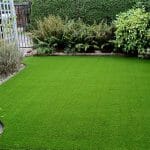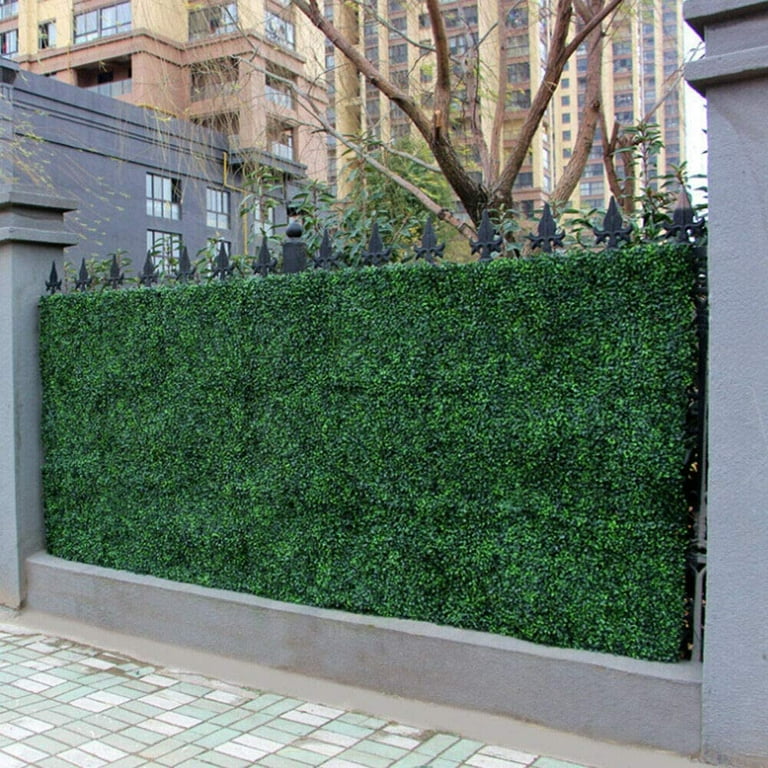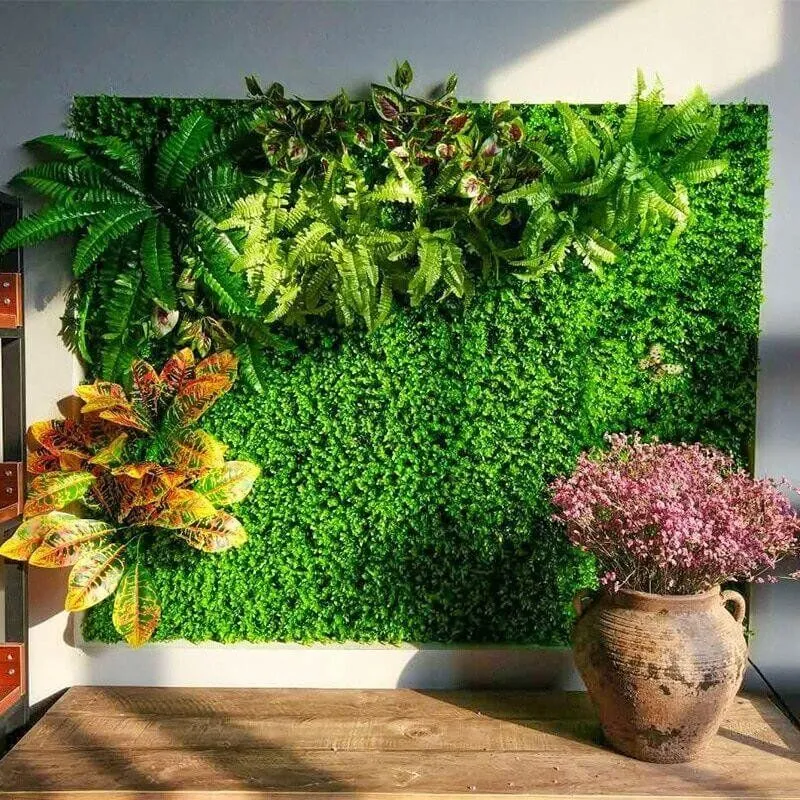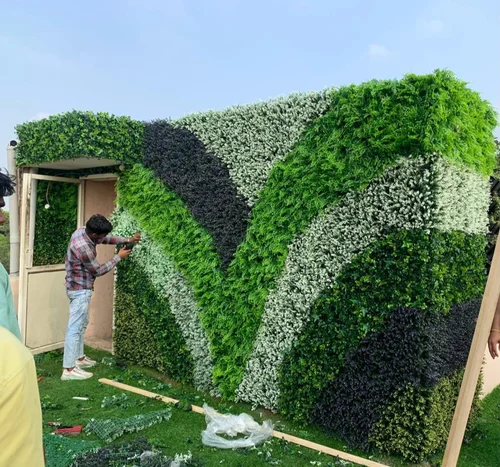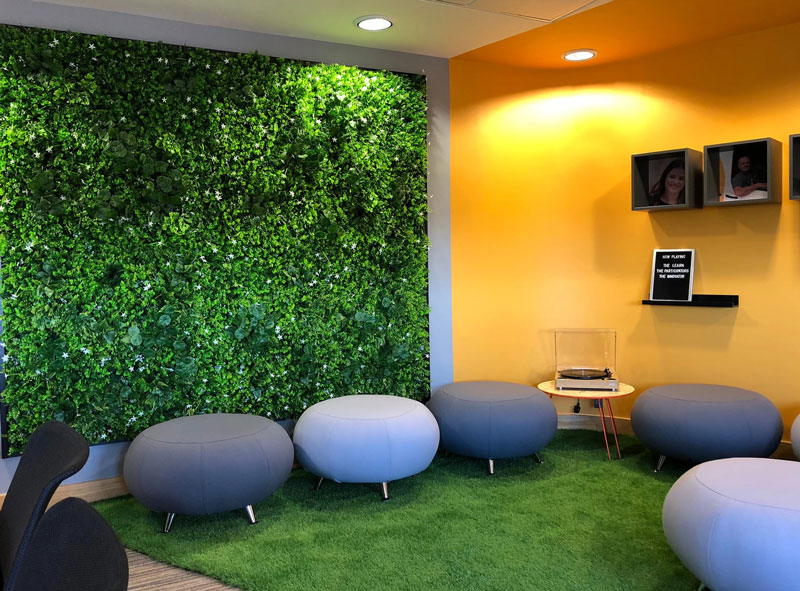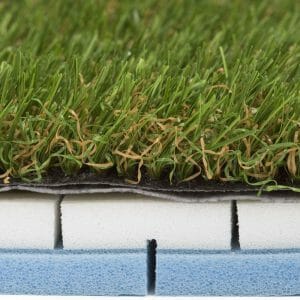
While you can install artificial grass directly on concrete without an underlay, using an underlay or an appropriate base layer can offer several benefits that enhance the overall performance and comfort of the artificial grass. Here are some reasons why you might consider using an underlay or base layer:
1. Improved Drainage: An underlay or base layer can improve drainage, helping to prevent water from pooling on the concrete surface. Proper drainage is important to avoid water-related issues such as mold or mildew growth and to ensure the longevity of the artificial grass.
2. Cushioning and Comfort: An underlay can provide a cushioning effect, making the artificial grass more comfortable to walk or play on. It can also reduce the hardness of the concrete underneath, which is especially important for play areas or places where people will be sitting or walking barefoot.
3. Temperature Regulation: Artificial grass can become hot when exposed to direct sunlight, especially in warm climates. An underlay can provide some insulation against heat transfer from the concrete, making the surface more comfortable to touch on hot days.
4. Reduced Wear and Tear: Using an underlay or base layer can help reduce friction between the artificial grass and the concrete, potentially extending the lifespan of the turf by minimizing wear and tear.
5. Even Surface: An underlay can help level out minor irregularities in the concrete surface, creating a smoother and more even base for the artificial grass.
When using an underlay or base layer for artificial grass on concrete, consider the following options:
1. Foam Padding: Foam padding or cushioning underlays are commonly used for added comfort and shock absorption. They are often made from materials like closed-cell foam.
2. Shock Pads: Shock-absorbing pads provide additional cushioning and impact resistance, making them suitable for areas where children play or for sports applications.
3. Aggregate Base: In some cases, especially for larger installations or sports fields, a layer of compacted aggregate (crushed stone) may be used as a base layer to improve drainage.
4. Permeable Geotextile Fabric: Installing a permeable geotextile fabric between the concrete and the artificial grass can enhance drainage and prevent weed growth.
5. Adhesive: Use an appropriate adhesive to secure the artificial grass to the underlay or base layer, ensuring a secure and long-lasting installation.
The choice of underlay or base layer will depend on factors such as the intended use of the artificial grass, local climate conditions, and personal preferences for comfort and durability. Consulting with a professional installer or following the manufacturer’s guidelines for your specific artificial grass product is advisable to ensure a successful installation.




